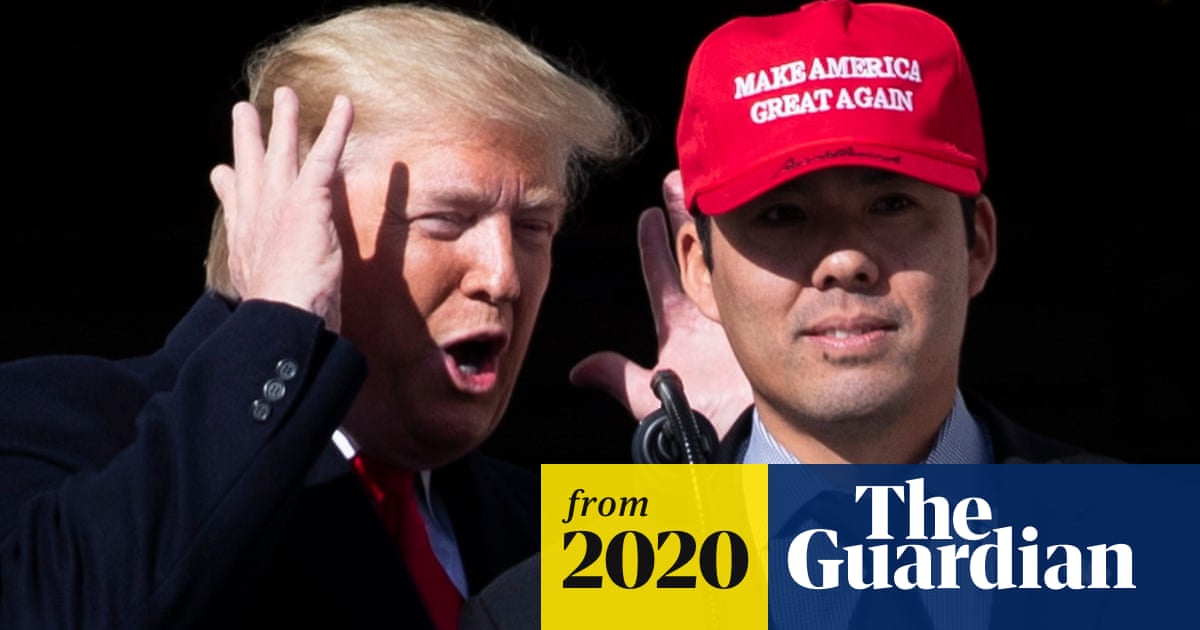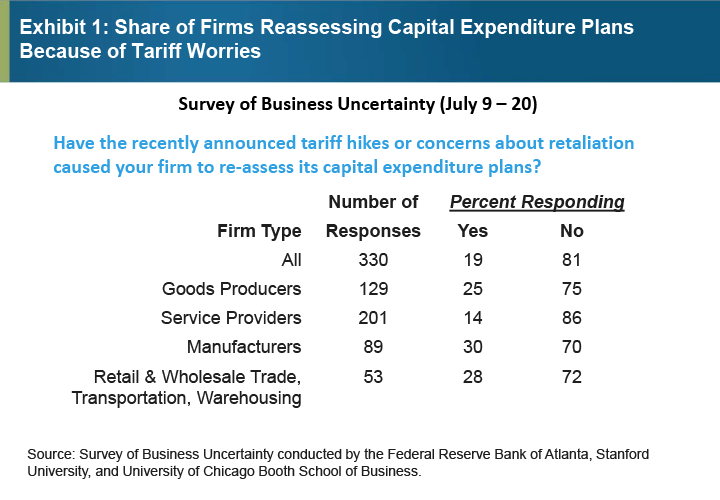Navigating The Chinese Market: The Case Of BMW And Porsche

Table of Contents
Understanding the Unique Challenges of the Chinese Automotive Market
The Chinese automotive market presents unique challenges for even the most established global players. Success requires a deep understanding of the local landscape and a nuanced approach to market entry and expansion.
Intense Competition
The Chinese automotive market is fiercely competitive, with both established domestic and international brands vying for market share. This often results in price wars and aggressive marketing strategies.
- Key Domestic Competitors: Great Wall Motors, Geely, BYD, Chery, and SAIC Motor are just a few of the formidable domestic players. These companies often benefit from government support and a deep understanding of local consumer preferences.
- Government Regulations and Subsidies: Government regulations, including emission standards and safety regulations, constantly evolve, impacting product development and manufacturing. Subsidies for electric vehicles and other initiatives also heavily influence market dynamics.
Consumer Preferences and Trends
Consumer preferences in China are rapidly evolving. Understanding these trends is vital for success.
- Influence of Social Media and Online Reviews: Online reviews and social media platforms like WeChat and Weibo significantly impact purchasing decisions. Building a positive online reputation is crucial.
- Importance of Brand Image and Reputation: Brand image and reputation are paramount in China's luxury market. Trust and brand heritage play a significant role in shaping consumer choices. Consumers are increasingly discerning and expect high-quality products and impeccable service. The perception of a brand's social responsibility also influences purchasing decisions.
Distribution and Supply Chain Management
Establishing and maintaining a robust distribution network in China presents significant logistical hurdles.
- Strong Dealer Relationships and After-Sales Service: A strong network of dealers and excellent after-sales service are essential for building customer loyalty and trust.
- Challenges Related to Logistics and Infrastructure: Navigating the complexities of logistics and infrastructure, especially in less-developed regions, requires careful planning and robust supply chain management. This includes efficient warehousing, transportation, and inventory management.
BMW's Strategy in the Chinese Market: A Case Study
BMW's success in China is a testament to its adaptive and localized strategy.
Localization Strategy
BMW has effectively adapted its products and marketing to resonate with Chinese consumers.
- Model Customization or Feature Adaptations: BMW has tailored certain models and features to suit specific preferences within the Chinese market. This includes incorporating features valued by Chinese consumers, such as enhanced infotainment systems and specific technological advancements.
- Localized Marketing Campaigns: BMW utilizes localized marketing campaigns, employing culturally relevant messaging and imagery to connect with Chinese consumers on a deeper level. This includes using local celebrities in advertising campaigns and tailoring messaging to resonate with local cultural values.
Manufacturing and Investment
BMW's significant investment in local manufacturing facilities has been a cornerstone of its success.
- Specific Manufacturing Plants in China: BMW has established manufacturing plants in China, strategically positioning itself to meet the growing demand. This reduces transportation costs and allows for quicker response to market changes.
- Benefits of Local Production: Local production has allowed BMW to reduce costs, improve delivery times, and better respond to the specific needs of the Chinese market. This also demonstrates a commitment to the local economy, enhancing the brand's image and goodwill.
Building Brand Loyalty
BMW has proactively invested in building a strong brand identity and cultivating lasting customer relationships.
- Customer Service Initiatives: Excellent customer service is paramount in building loyalty. BMW has prioritized providing high-quality service to Chinese consumers, exceeding expectations wherever possible.
- Importance of Community Building: BMW engages in community building initiatives, fostering a sense of loyalty and shared values among its customers. This includes sponsoring events and initiatives that resonate with local communities and demonstrate social responsibility.
Porsche's Strategy in the Chinese Market: A Case Study
Porsche has effectively targeted the high-end segment of the Chinese market, capitalizing on the growing affluence of Chinese consumers.
Targeting the High-End Segment
Porsche's focus on the luxury market segment has resonated well with Chinese consumers seeking prestige and exclusivity.
- Specific Models Popular in China: Certain Porsche models, such as the Cayenne SUV and the Panamera, have been particularly successful in China. These models align with the preferences of Chinese consumers for luxury SUVs and high-performance vehicles.
- Appeal of the Porsche Brand to Chinese Consumers: The Porsche brand carries immense prestige and represents status and success in the Chinese market. This brand image and association with high-performance engineering attract affluent Chinese consumers.
Digital Marketing and Engagement
Porsche has leveraged digital marketing effectively to reach its target audience in China.
- Use of Social Media Platforms (e.g., WeChat): Porsche utilizes social media platforms, particularly WeChat, to engage directly with potential and existing customers, creating brand awareness and building community.
- Effectiveness of Online Marketing Campaigns: Porsche’s online marketing campaigns are highly targeted and utilize sophisticated data analytics to maximize their reach and effectiveness. This ensures that marketing efforts are focused on the most relevant audience segments.
Exclusive Experiences and Brand Building
Porsche focuses on creating exclusive brand experiences to cultivate a strong sense of community and loyalty among its customers.
- Events or Initiatives Targeting Affluent Consumers: Porsche regularly organizes exclusive events and driving experiences tailored to the interests and preferences of its affluent clientele. These events foster brand loyalty and create a strong sense of community among Porsche owners.
- Importance of Brand Exclusivity: Porsche maintains a strong emphasis on brand exclusivity, reinforcing its image as a luxury brand and appealing to discerning consumers seeking unique and high-quality products and experiences. This exclusivity plays a significant role in maintaining high brand value and desirability.
Conclusion: Mastering the Art of Navigating the Chinese Market
BMW and Porsche's successes in China demonstrate the importance of adapting strategies to local conditions, understanding evolving consumer preferences, and cultivating strong brand loyalty. Both companies have prioritized localization, investing heavily in local manufacturing, tailoring products to meet specific needs, and employing culturally relevant marketing strategies. Their commitment to building relationships with Chinese consumers through exceptional customer service and exclusive brand experiences has been instrumental in achieving long-term success. Understanding the nuances of the Chinese market – from intense competition and evolving consumer preferences to the intricacies of distribution and supply chain management – is crucial for success. To learn more about navigating this dynamic market and developing a winning Chinese market entry strategy, explore further resources on China market analysis and discover more successful strategies in the Chinese market. This will provide a deeper understanding of how to navigate the complexities of doing business in China and achieve sustainable growth.

Featured Posts
-
 Your Complete Guide To Buying Capital Summertime Ball 2025 Tickets
Apr 29, 2025
Your Complete Guide To Buying Capital Summertime Ball 2025 Tickets
Apr 29, 2025 -
 Johnny Damon Sides With Trump Advocates For Pete Roses Hall Of Fame Induction
Apr 29, 2025
Johnny Damon Sides With Trump Advocates For Pete Roses Hall Of Fame Induction
Apr 29, 2025 -
 Mlb Considering Petition To Reinstate Pete Rose A Report
Apr 29, 2025
Mlb Considering Petition To Reinstate Pete Rose A Report
Apr 29, 2025 -
 Tariff Uncertainty Forces U S Businesses To Cut Costs
Apr 29, 2025
Tariff Uncertainty Forces U S Businesses To Cut Costs
Apr 29, 2025 -
 New Music Willie Nelson Celebrates With 77th Solo Album
Apr 29, 2025
New Music Willie Nelson Celebrates With 77th Solo Album
Apr 29, 2025
